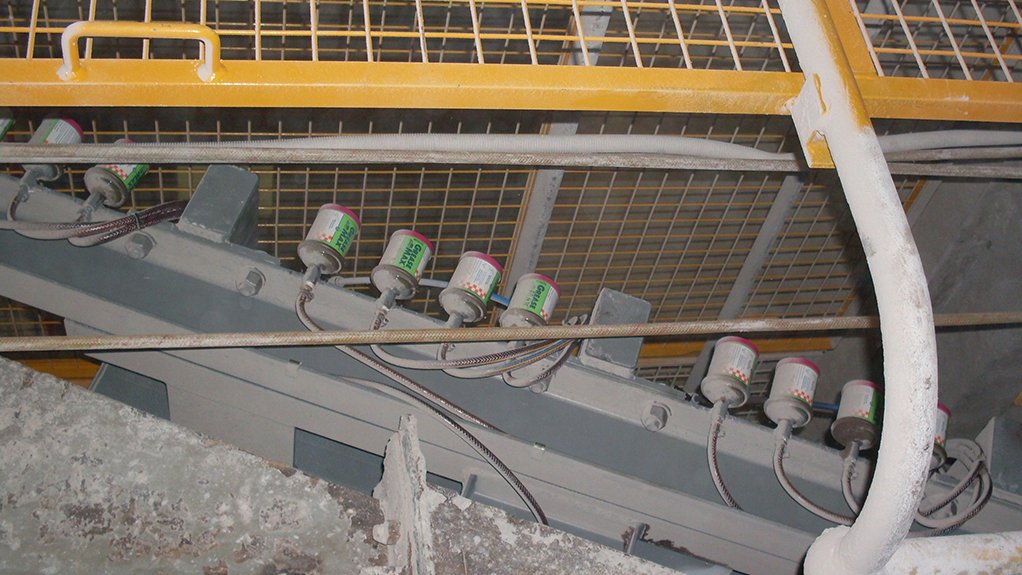SPONSORED POST (Virtual Showroom) Ensuring bearing and lubricant cleanliness is critical to preventing unnecessary maintenance, plant downtime, productivity losses and increased energy costs.
According to leading bearings manufacturer NSK, a particle of just five microns or less (smaller than a particle of atmospheric dust) can cause a precision bearing to fail or to severely curtail the smooth running of bearings – leading to higher energy costs and decreased productivity. The potential damage caused by micro particles means that it is vital to maintain a high degree of cleanliness inside precision bearings.
Three types of dirt and contaminants can impede a bearing’s performance, namely:
- Airborne contaminants such as industrial smoke and dust, metal flakes, abrasive flakes, lint, and others may enter the bearing because of poor storage or workshop practices.
- Transferred contaminants, such as dirt, from: hands, work surfaces, packaging, tools and fixtures transferred on to bearings; poorly managed grease packing during assembly; and grease degraded by moisture such as condensation in the container or housing.
- Introduced dirt, such as impurities that enter the bearings from dirty lubricants or from being forced into bearings during relubrication by contaminated equipment or unclean grease points.
These sources of contamination can all be abrasive, corrosive, or lead to degradation of bearing performance and are all also avoidable.
Cleanliness extends not only to the bearings themselves, but also to work and storage areas, benches, tools, fixtures and housings. Bearing installation operations should be located away from other machining operations, such as grinding and drilling, to help minimise the risk of contamination.
Poor lubrication practices are a leading cause of contamination – unsealed containers are susceptible to contamination from solids and from condensation-related water. Contact with the air in open containers will cause oxidation of the oil in the grease. Water contamination increases the rate of oxidation and once a grease container is opened, it is always susceptible to oxidisation and water contamination. Oxidisation and condensation can also occur inside a bearing housing.
Cleanliness during grease transfers - from bulk supplies to greasing apparatus, and in application by greasing equipment to grease points - is crucial for the effective and efficient operation of machinery. However, site conditions and the nature of grease transfers means that careful cleaning of grease points before greasing is frequently not carried out thoroughly, if at all.
Static changes caused by friction in drives or belts can cause bearing currents, which can lead to the magnetisation of steel rings and bearing balls, worsening the problem of fine metallic particles being introduced into the bearing.
Electrolytic action is found to be present in most bearings, where it is possible for the bearing and journal to act as electrodes leading to a difference of potential between them. Impurities are the main cause of conductivity, and a clean lubricant oil film acts as an insulator and not as an electrolyte. The presence of water or other foreign matter will, however, initiate electrolytic action of the oil in the grease, leading to a shorter bearing life.
If the static charges create induced currents, or there are leakage currents (which may exist in certain circumstances in electric motor bearings) that are large enough, the effect of shaft currents passing through an oil film in the bearing will be to accelerate polymerisation and oxidisation of the grease, causing thermal decomposition. The oil darkens in colour, sometimes increasing in acidity and a chocolate-coloured precipitate is deposited into the lubricant oil. In severe cases arcing will also cause small particles of metal to flake off and contaminate the lubricant. If a shaft current of sufficient strength is produced to arc through the oil film, it can cause pitting of the shaft and bearing.
GreaseMax lubricators provide an answer to poor lubrication practices and can produce substantial improvements in maintenance and productivity outcomes.
For more information, visit Creamer Media’s Virtual Showroom
EMAIL THIS ARTICLE SAVE THIS ARTICLE
To subscribe email subscriptions@creamermedia.co.za or click here
To advertise email advertising@creamermedia.co.za or click here













